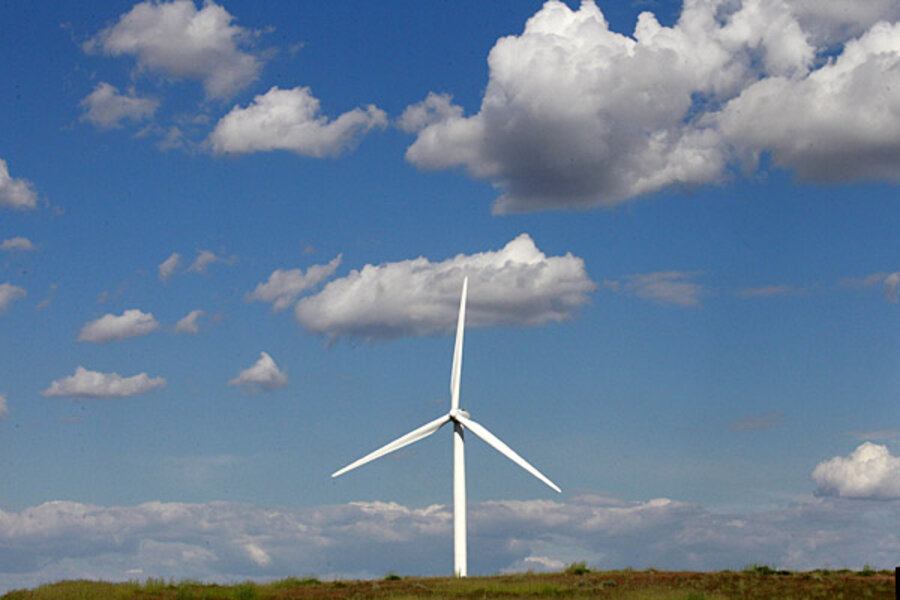Automakers turn to wind, solar to power plants
Loading...
It's no good simply producing green cars these days--you have to be green at every stage of producing the cars, too.
With GM using solar at its Detroit-Hamtramck plantand Volkswagen recently unveiling a huge solar array at its Chattanooga plant, Honda is next to display its green credentials--with wind turbines at its Ohio transmission factory.
Together with Juhl Wind of Pipestone, Minnesota, Honda will set up two utility-scale wind turbines at the plant.
That'll make it the first major automotive manufacturing facility in the U.S. to get a substantial amount of its power from wind--helping drastically reduce the plant's CO2 emissions.
While the turbines will provide for ten percent of the facility's power use, Honda estimates that the two turbines will provide 10,000-megawatt hours of electricity per year. Each is owned and run by Juhl Wind.
Studies have also shown that the two 260-foot, 160-foot blade turbines will have no adverse effects on the local wildlife and environment.
Just last week, rival Volkswagen unveiled its own green power initiative, with a solar field at its plant in Chattanooga, Tennessee.
The 33-acre field makes it the largest at any industrial plant in the world, and is expected to produce an enormous 13.1 gigawatt-hours of electricity per year--the equivalent of 1,200 homes.
Such green energy projects are becoming vital in maintaining an image of corporate sustainability for carmakers, as their products come under ever greater pressure from legislators and environmental groups.
Plants like Chattanooga and Russells Point actively minimise waste and seek greater efficiency throughout the manufacturing process--meaning each new generation of car is cleaner than the last, before it even turns a wheel.
We're only likely to see more manufacturers unveiling similar projects in the future--and we think that's a very good thing indeed.







